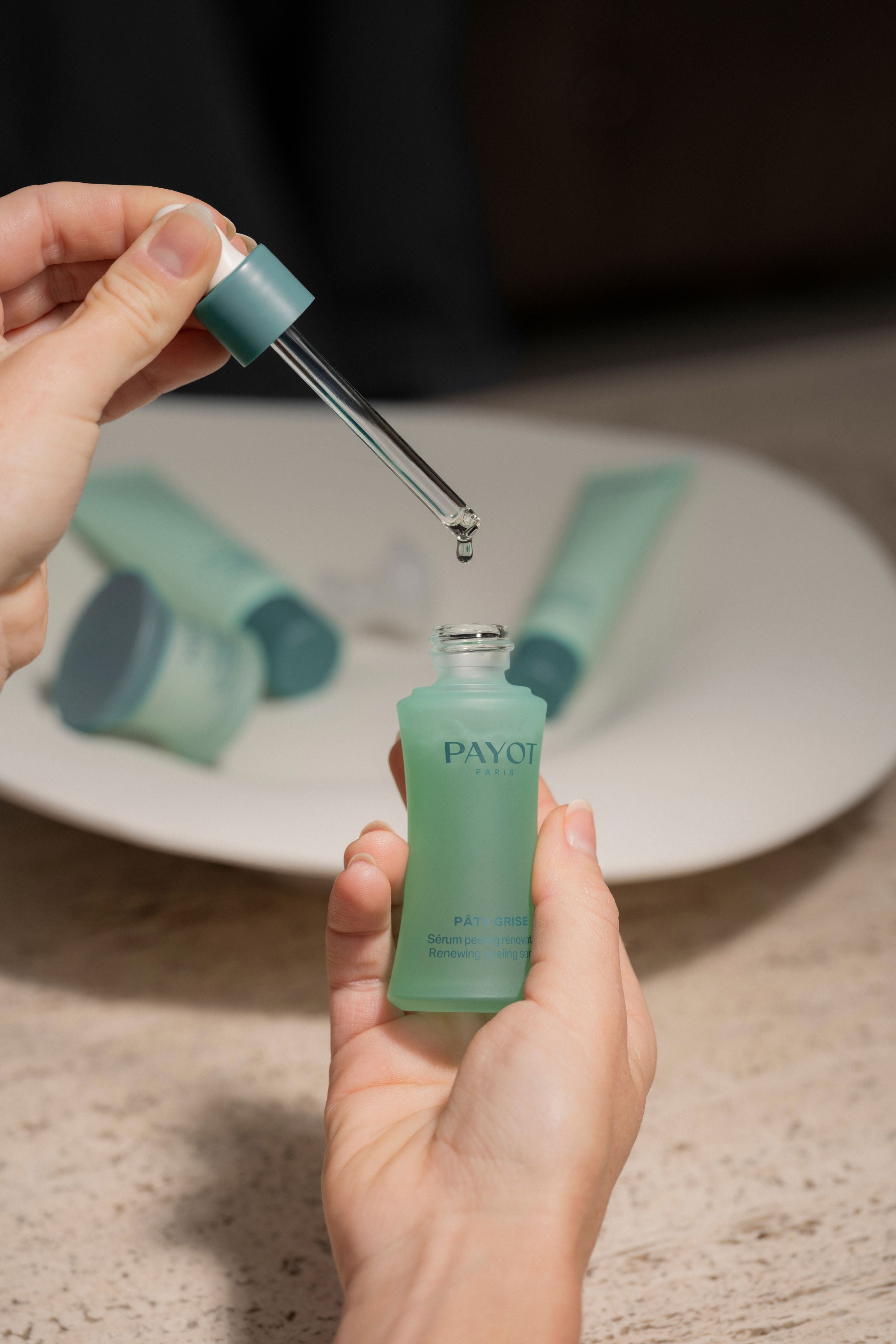Because it's not always easy to understand what the ingredients in our beauty care formulas actually are, we've decided to share them with you so they no longer hold any secrets for you. Today, we're focusing on glycolic acid, the benchmark active ingredient for beautiful skin!
What is glycolic acid?
Glycolic acid is the star active ingredient of exfoliation. It belongs to the alpha-hydroxy acid family, better known as AHAs. Derived from sugar from beets, grapes, or sugarcane, glycolic acid is also known as a fruit acid, just like malic acid or citric acid. Its low molecular weight allows it to penetrate deep into the skin to deliver its benefits, making it particularly effective and powerful.
Sale price
What are the benefits of glycolic acid?
More radiant skin
Glycolic acid is particularly prized for its exfoliating properties. It stimulates the epidermis's natural desquamation process and effectively removes all impurities accumulated on its surface, revealing smoother, more luminous skin. Glycolic acid significantly improves skin texture and quality due to the activation of cell renewal and blood microcirculation. The complexion appears more even, radiant and fresh.
Clearer skin
This ingredient has the ability to help get rid of dead skin accumulated on the surface and stimulate the regeneration of a new stratum corneum. As a result, glycolic acid significantly improves skin texture, hydrating the skin, fighting imperfections (enlarged pores, blackheads, pimples, excess sebum), reducing the appearance of wrinkles, acne scars and pigmentation spots (dark spots, age spots, melasma) and adding radiance and vitality to the skin.
Younger skin
Glycolic acid has powerful anti-aging properties. By helping to regenerate the skin, it prevents the appearance of fine lines and reduces the depth of wrinkles. It also promotes the production of collagen and elastin, which support the skin's structure, for a firming and toning effect. It stimulates the synthesis of hyaluronic acid, thus preserving the skin's moisture balance. Furthermore, glycolic acid affects the distribution of melanin cells and, by extension, pigment spots, signs of skin aging.
How do I incorporate glycolic acid into my beauty routine?
While it has moisturizing properties, glycolic acid's main action is to exfoliate and boost cell regeneration. It therefore disrupts the balance of the hydrolipidic film, the epidermis's protective barrier, which needs to be strengthened and comforted. To protect it and prevent skin from drying out, follow with a moisturizer. This will maximize the benefits of glycolic acid, especially since it promotes the penetration of other active ingredients!
It's also important to remember that glycolic acid is a photosensitizing agent. It doesn't mix well with the sun. It's not recommended to perform a glycolic acid peel before going out into the sun. Instead, use your glycolic acid products in the evening before bed and always apply sunscreen the next day as a complement. Generally speaking, read the recommended application instructions beforehand, as they may vary depending on the glycolic acid concentration in the product.
Is glycolic acid suitable for all skin types?
Glycolic acid is an effective active ingredient, but some skin types may be more reactive than others depending on the glycolic acid content of the product used. Like any exfoliating active ingredient, glycolic acid can cause redness or slight tingling, which is normal. To avoid any unpleasant surprises, you can perform a sensitivity test in the crease of your elbow. If your skin is sensitive, turn to products with a low concentration of glycolic acid, which you should apply spacingly at first.

